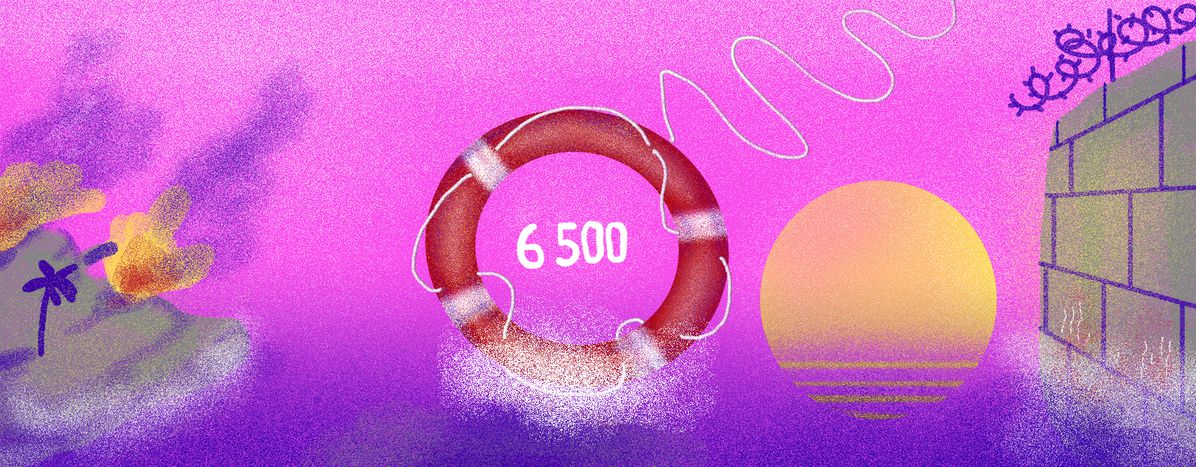
Behind the Numbers: 6,500 rescued refugees
Published on
Refugees have been fleeing conflicts across the world and heading to Europe in greater and greater numbers in the past year. Too often the journey is treacherous and ends tragically. But sometimes there’s a somewhat happier resolution...
Last year, in the middle of the worst migrant crisis in a generation, the body of a three-year-old boy washed up on the shores of the Turkish coastal town of Bodrum. His name was Alan Kurdi, and the pictures of his lifeless body shocked Europe. Leaders promised to open their borders to more refugees, and many media outlets softened their tone following many months of dehumanising coverage.
Of course, Alan was only one victim of this crisis. According to the International Organisation for Migration (IOM), last year 3,371 people died trying to escape countries like Iraq, Syria and Eritrea. And the numbers are only getting higher - between January and August of this year, 264,513 people arrived in Europe by sea. 3,165 did not survive the journey.
On Monday, over a period of 30 hours, Doctors Without Borders (MSF) and the Spanish organisation Proactiva Open Arms saved around 6,500 refugees in the Mediterranean who had tried to sail from the coast of Libya in rubber dinghies and wooden fishing boats.
Among those rescued were 82 women, and 13 children under the age of five - two of whom were five-day-old twins who were born prematurely during the journey to Europe. They were evacuated for further medical attention along with their mother.
We have no idea what will happen to these refugees next; we don't know where they will go once they reach the mainland, or even if they will eventually make it to their final destination. Nor does this change the fact that many more people will put themselves through the same hazardous journey in the future. But 6,500 people have survived, and now have a chance to try and make a better life. That can only be a good thing.
---



